News Beat
News Beat reporting is an idrw.org initiative to let our Readers to report News Based on Actual facts but some how has not been reported in Main Stream Media .
SOURCE: RAUNAK KUNDE / NEWS BEAT / IDRW.ORG

Air Marshal A.P. Singh has been appointed as the new Chief of the Air Staff (CAS) of the Indian Air Force (IAF), succeeding Air Chief Marshal Vivek Ram Chaudhari. This leadership change has sparked speculation about potential shifts in IAF priorities, particularly concerning the long-stalled Medium Range Fighter Aircraft (MRFA) procurement program.
Air Marshal Singh’s close association with the Tejas Light Combat Aircraft (LCA) program raises expectations for increased focus on this indigenous fighter jet. His prior experience as project director for flight testing of the Tejas Mk-1 at the National Flight Test Centre suggests a deep understanding of the program’s potential. This could lead to renewed efforts to expedite the Tejas’ integration into the IAF’s operational fleet.
Continue readingSOURCE: RAUNAK KUNDE / NEWS BEAT / IDRW.ORG

India’s Defence Research and Development Organisation (DRDO) is pushing the boundaries of missile technology with the proposed Hypersonic Missile Development Program under Project Vishnu. As part of this initiative, DRDO has set its sights on developing two long-range hypersonic missile systems. One of the most anticipated outcomes is the creation of the Hypersonic Cruise Missile (HCM), designed to revolutionize India’s strike capabilities and offer a formidable deterrent.
The Hypersonic Cruise Missile (HCM) will have a range of 1,000 km, and DRDO aims for it to enter production by the late 2020s. Unlike traditional cruise missiles, hypersonic weapons travel at speeds exceeding Mach 5, making them nearly impossible to intercept. According to recent developments, DRDO is working to outpace Russia’s 3M22 Zircon, a nuclear-capable hypersonic cruise missile, by targeting a speed beyond Mach 9 for the Indian HCM.
Continue readingSOURCE: RAUNAK KUNDE / NEWS BEAT / IDRW.ORG

India is set to become the first nation to receive 31 Predator drones equipped with two DAP-6 gun pods, each containing the formidable M134D-H rotary machine gun. This upgrade significantly enhances the Predator drones’ firepower, making them more versatile and lethal in combat roles.
The M134 Minigun, an American 7.62×51mm NATO six-barrel rotary machine gun, is known for its exceptionally high rate of fire, ranging from 2,000 to 6,000 rounds per minute. With its Gatling-style rotating barrel assembly powered by an external electric motor, the M134D-H is designed for sustained and rapid-fire, providing overwhelming firepower in a short period. The “Mini” in Minigun is a nod to its use of rifle ammunition, in contrast to the larger-calibre autocannon shells, like those of General Electric’s earlier 20mm M61 Vulcan.
Continue readingSOURCE: RAUNAK KUNDE / NEWS BEAT / IDRW.ORG
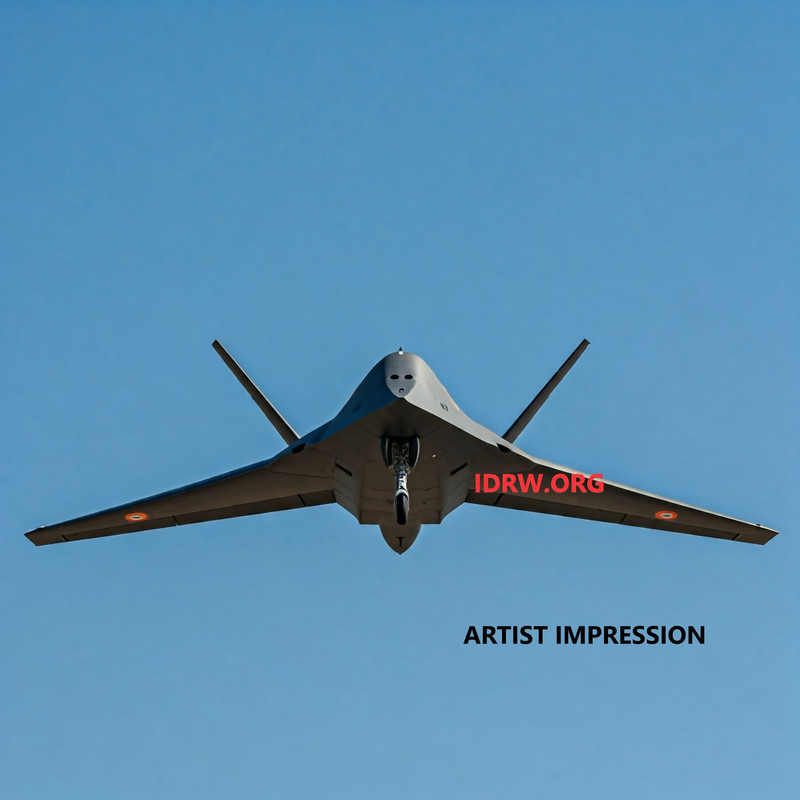
The Indian Air Force (IAF) is looking towards unmanned aerial vehicles (UAVs) for its future deep penetration strike capabilities, according to an anonymous IAF official speaking to idrw.org. This shift comes as the IAF plans to retire its fleet of Jaguar deep penetration strike aircraft starting in 2028, with complete retirement by 2035.
The Jaguar, known for its low-level, supersonic flight capabilities and ability to evade radar detection, has been a mainstay in the IAF’s deep strike missions. Jaguar pilots are trained for complex sorties aimed at neutralizing strategic enemy installations deep within hostile territory.
Continue readingSOURCE: RAUNAK KUNDE / NEWS BEAT / IDRW.ORG
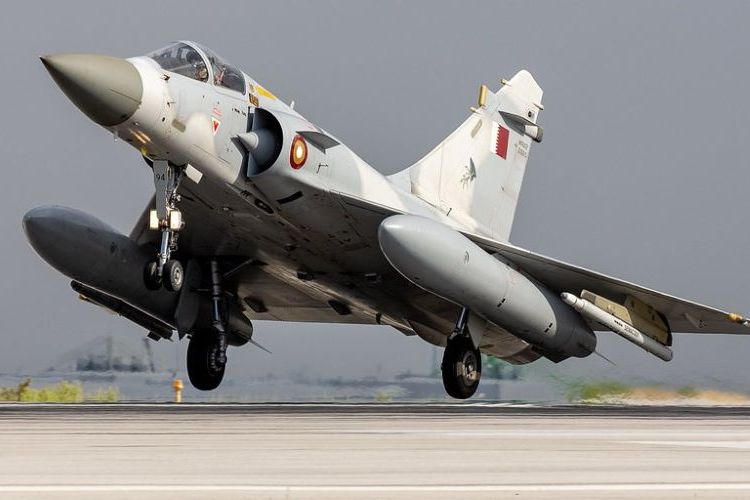
In June 2024, Qatar offered to sell 12 Mirage 2000-5 fighter jets to the Indian Air Force (IAF). This potential deal has sparked discussions within the IAF, particularly as the force looks to address the retirement of its MiG fighters and bolster its combat capabilities.
The Qatari Mirage 2000-5s, upgraded to meet modern standards, could potentially complement the two existing Mirage 2000 squadrons currently in service with the IAF. These jets, however, are no longer in production, making used options like this one attractive.
Continue readingSOURCE: RAUNAK KUNDE / NEWS BEAT / IDRW.ORG

The Indian Army is set to bolster its strategic capabilities with the deployment of Pralay ballistic missiles starting in 2026. These missiles, capable of striking targets at a range of 150 to 500 kilometres, are designed to counter threats from India’s northern borders.
The Pralay missile, a quasi-ballistic surface-to-surface missile, has been developed with advanced technology to evade interception by enemy interceptor missiles. Its unique design and trajectory make it a formidable weapon system.
Continue readingSOURCE: RAUNAK KUNDE / NEWS BEAT / IDRW.ORG
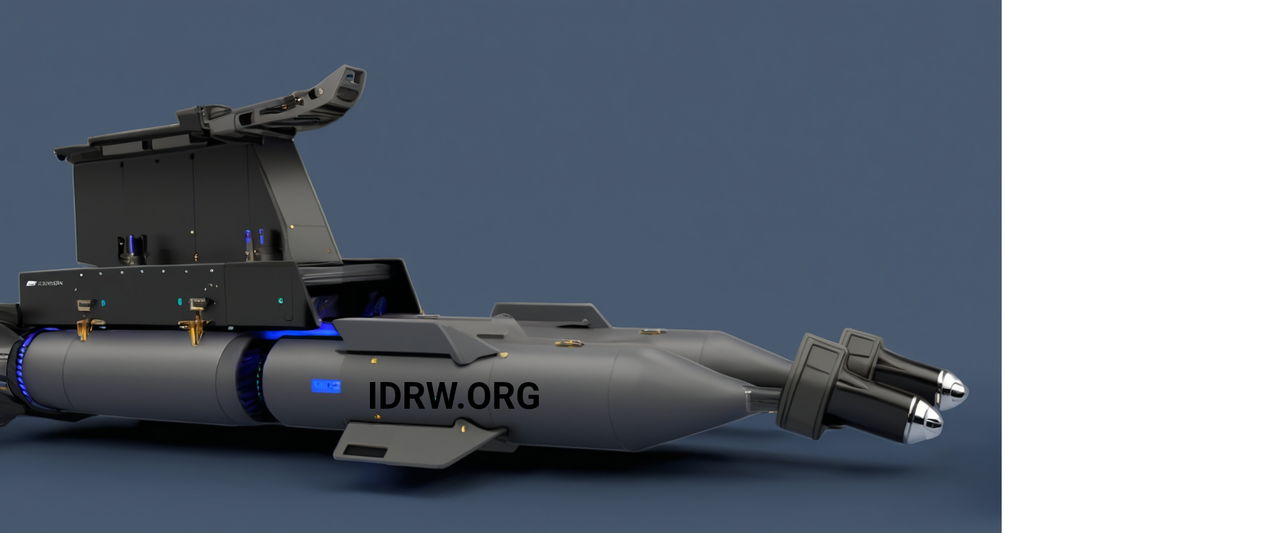
Hindustan Aeronautics Limited (HAL) is set to initiate flight testing of outer dual rack pylons for the Tejas Mk1A fighter jets in 2025, a development aimed at significantly boosting the platform’s close combat capabilities. The new pylons will allow the Tejas Mk1A to carry two Close Combat Air-to-Air Missiles (CCMs), such as the Advanced Short Range Air-to-Air Missile (ASRAAM) or Python-5, on a single pylon, effectively doubling its short-range firepower.
The decision to integrate dual rack pylons followed the successful completion of wind tunnel testing of a scale model of the Tejas Mk1A, equipped with the dual rack configuration. These tests were carried out to gather critical data on aerodynamics and the missile separation process. Additionally, HAL conducted extensive computer simulations to study the effects of dual missile launches on the aircraft’s performance, particularly focusing on the potential for gas ingestion into the engine air intake.
Continue readingSOURCE: RAUNAK KUNDE / NEWS BEAT / IDRW.ORG
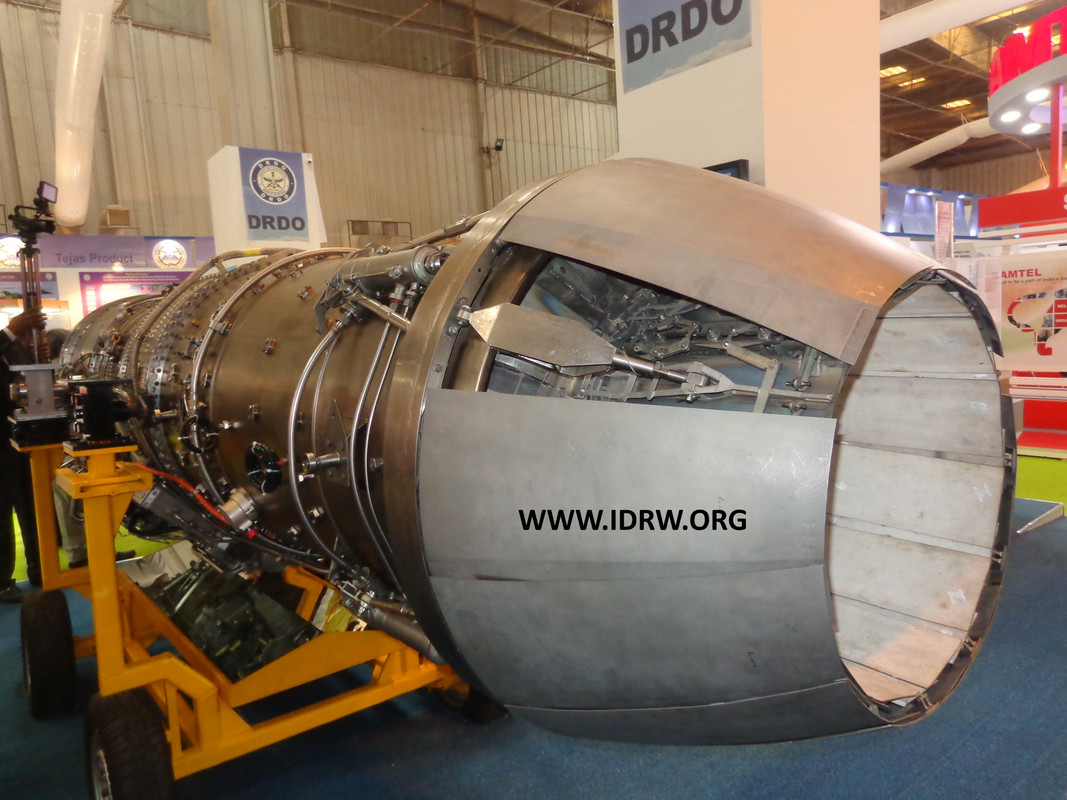
In a recent address at the Khatre Memorial Talks, Samir V. Kamat, Secretary of the Department of Defence Research and Development (DDR&D) and Chairman of the Defence Research and Development Organisation (DRDO), candidly acknowledged a key misstep in India’s fighter jet development strategy.
Kamat stated, “The mistake we made was to develop an engine (Kaveri) and platform (LCA) together.” This misjudgment significantly hampered the progress of the Kaveri engine and the Tejas Light Combat Aircraft (LCA), delaying both projects and preventing the Kaveri from becoming the indigenous power plant for Tejas. That’s never done. You design a platform around the available engine and engine development is a continuous process; that was a rookie mistake.
Continue readingSOURCE: RAUNAK KUNDE / NEWS BEAT / IDRW.ORG
.png)
Adani Defence, a key player in India’s defence manufacturing sector, is set to commence the production of high-calibre rounds for artillery guns from its facility in Kanpur starting in April 2025. This significant development comes as part of Adani Defence and Aerospace’s broader plans within the Uttar Pradesh Defence Industrial Corridor.
The Kanpur facility has already made significant strides in ammunition production, having commenced the manufacturing of small-calibre ammunition from its units. The upcoming production of high-calibre rounds for artillery guns marks the next phase of expansion for Adani Defence in the defence sector.
Continue readingSOURCE: RAUNAK KUNDE / NEWS BEAT / IDRW.ORG
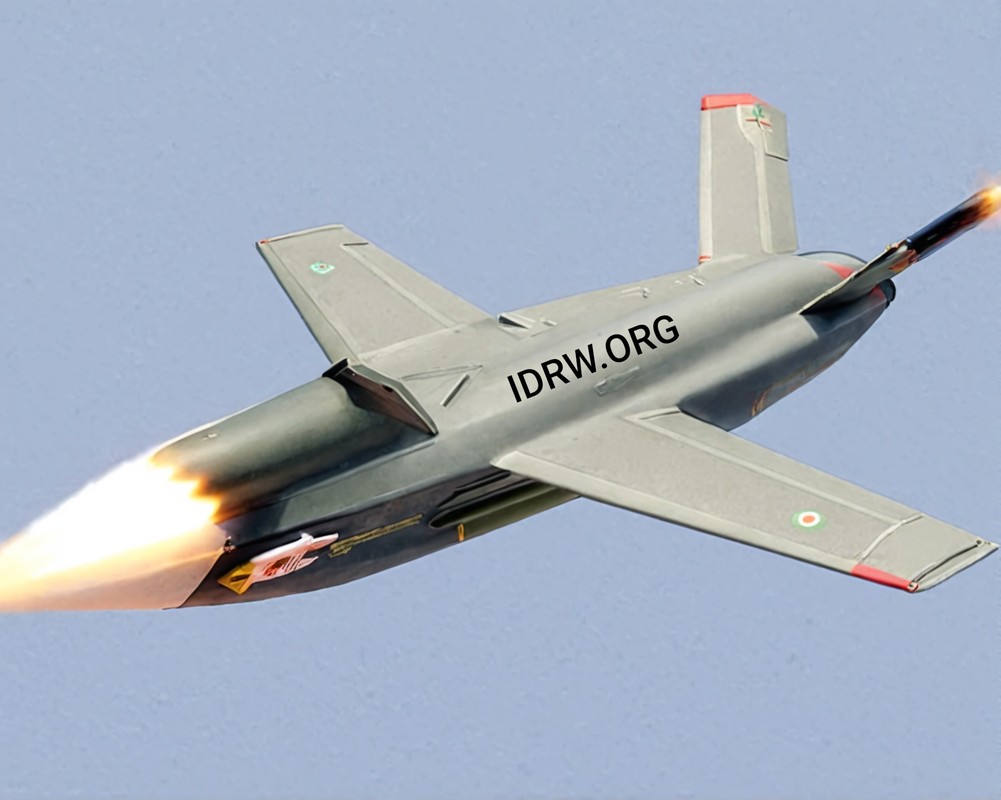
India’s ambitious Loyal Wingman program, which aims to develop unmanned combat aerial vehicles (UCAVs) to support manned fighter jets, is taking a significant leap forward with the development of a new generation of air-to-air missiles.
The program’s UCAVs, also known as Loyal Wingmen, will be equipped with the Next-Generation Close Combat Missile (NGCCM), a local variant of the ASRAAM Beyond-Visual-Range Air-to-Air Missile (BVRAAM). This ensures compatibility with existing Indian Air Force (IAF) weaponry.
Continue readingSOURCE: RAUNAK KUNDE / NEWS BEAT / IDRW.ORG

The Defence Research and Development Organisation (DRDO) is taking a multi-pronged approach to strengthen India’s tank defenses. While actively developing an Active Protection System (APS) for tanks, DRDO is also exploring its potential to counter the growing threat of swarm and FPV (First-Person View) armed drones.
An APS is a crucial defensive suite designed to detect, track, and intercept incoming threats before they can damage a tank. Traditionally, these systems focus on neutralizing ATGMs, tank rounds, and other infantry anti-armor weapons. However, the recent war in Ukraine has highlighted the vulnerability of Armoured vehicles to drone attacks, particularly highly maneuverable first-person view (FPV) kamikaze drones.
Continue readingSOURCE: RAUNAK KUNDE / NEWS BEAT / IDRW.ORG
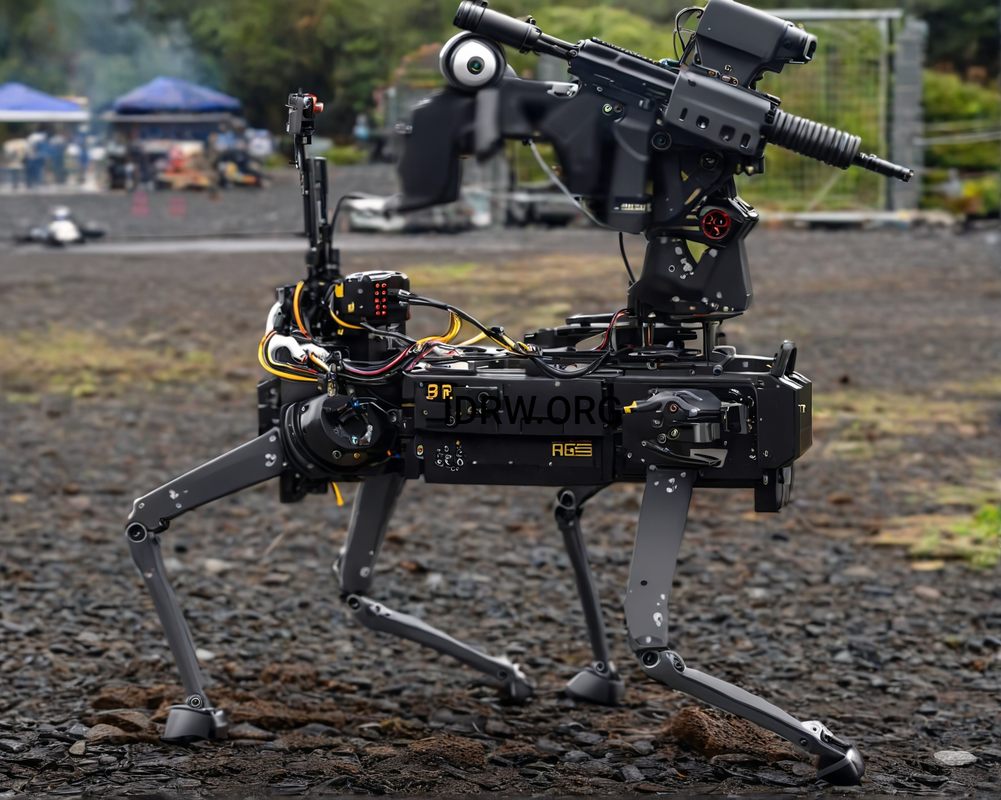
The Indian Army is actively exploring the potential of weaponized robot dogs to bolster its capabilities against drone threats. Lessons learned from the war in Ukraine and ongoing conflicts in the Middle East have highlighted the growing need for advanced anti-drone technologies.
The army has already inducted a robot dog equipped with a machine gun and RPG, demonstrating its interest in employing robotic platforms for military operations. Now, the focus is on harnessing these capabilities to counter drone threats effectively.
Continue readingSOURCE: RAUNAK KUNDE / NEWS BEAT / IDRW.ORG
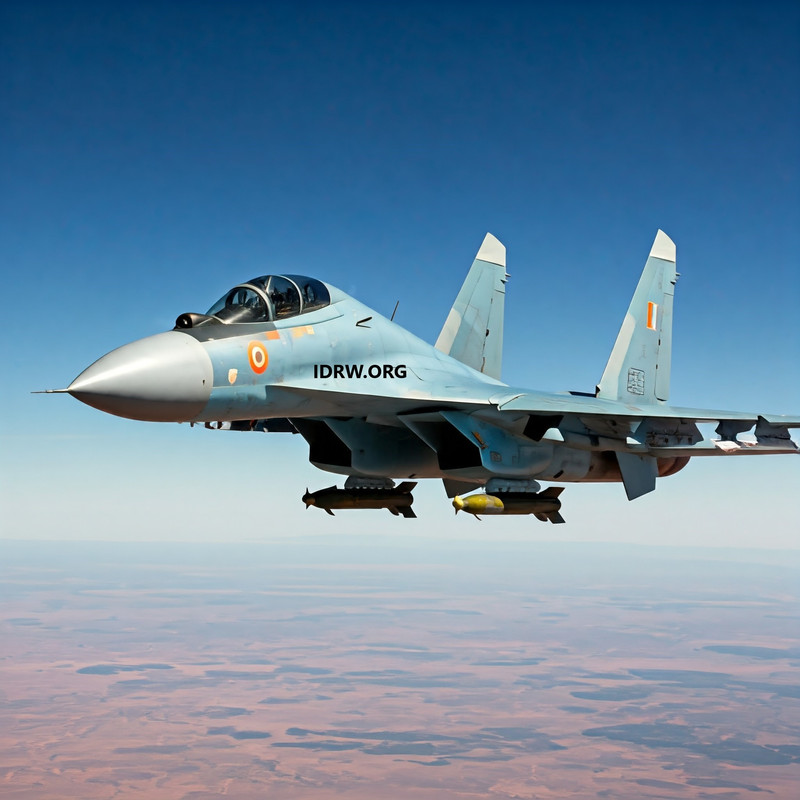
The Indian Air Force (IAF) is embarking on a significant modernization program to transform its fleet of Su-30MKI fighter jets into veritable “missile trucks.” As the development of long-range air-to-surface weapon systems accelerates, the Su-30MKI’s ability to stay airborne for extended durations and carry substantial payloads of missiles or bombs is becoming increasingly valuable.
This enhanced firepower will significantly expand the IAF’s capabilities, supplementing the limited missile-carrying capacity of other fighter jets in its inventory. The RudraM series of air-to-surface missiles, under development at a rapid pace, will play a crucial role in this transformation. The Rudram-3 and Rudram-4, in particular, are poised to become heavy hitters in the IAF’s arsenal and will be exclusively available for the Su-30MKI platform.
Continue readingSOURCE: RAUNAK KUNDE / NEWS BEAT / IDRW.ORG
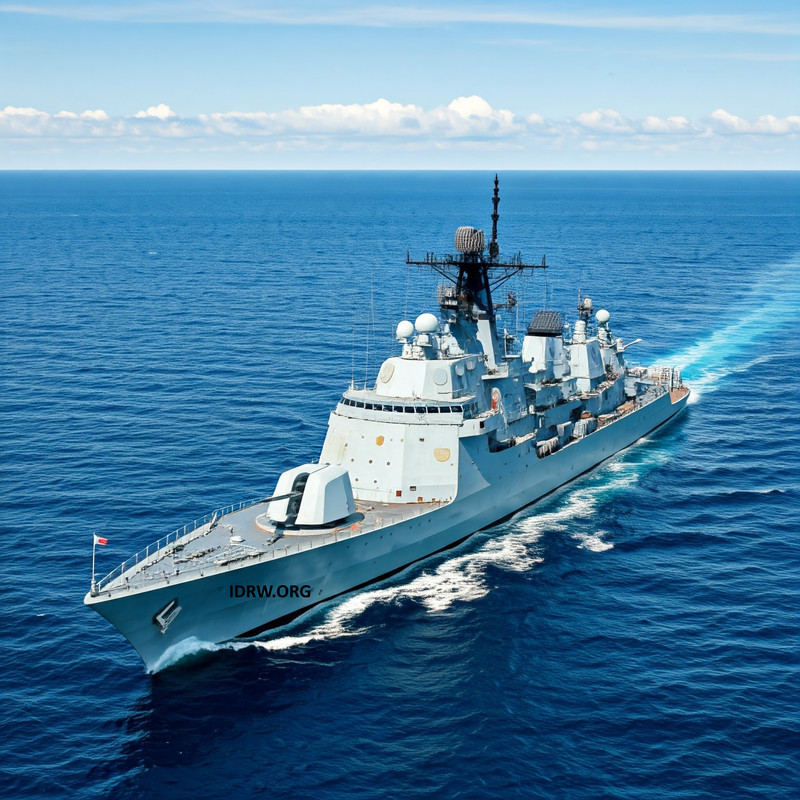
The Indian Navy is ramping up efforts to enhance the stealth capabilities of its warships by focusing on reducing the Radar Cross Section (RCS) of exposed weapons and sensor equipment. In a strategic move to maintain an edge in naval warfare, the Navy has called upon its design teams to work closely with weapon and sensor suppliers to minimize the RCS of equipment mounted on its vessels.
This initiative is part of the Navy’s broader efforts to incorporate advanced stealth features into its warships, particularly those being developed as part of its Made in India campaign. By reducing the detectability of its ships on enemy radar systems, the Navy seeks to significantly enhance the survivability and combat effectiveness of its fleet in modern maritime conflicts.
Continue readingSOURCE: RAUNAK KUNDE / NEWS BEAT / IDRW.ORG
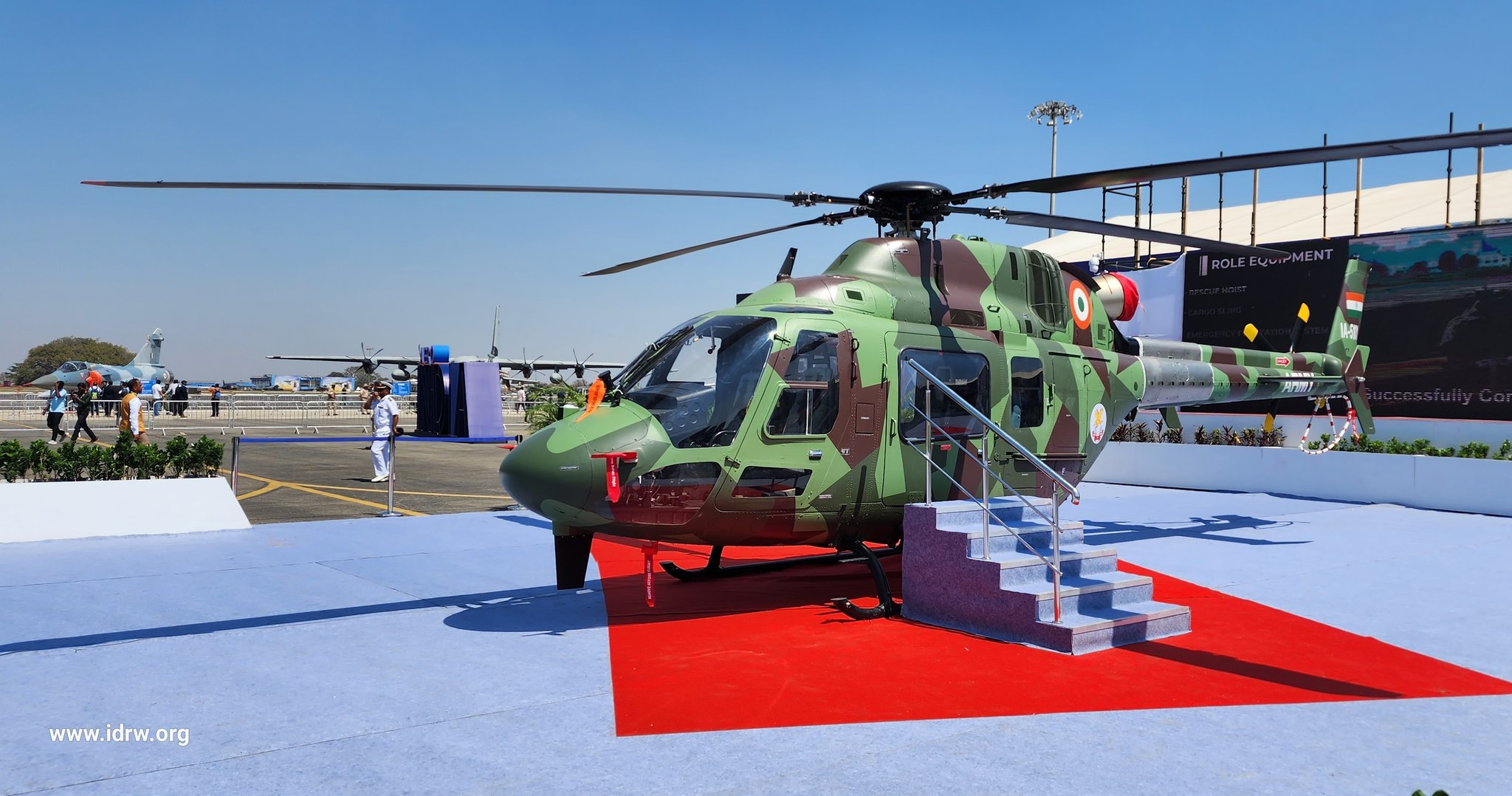
With ongoing delays and a lack of progress in the procurement deal with Russia for the Kamov 226T helicopter, the Indian Army is reportedly considering a significant increase in its order for the Light Utility Helicopter (LUH) developed by Hindustan Aeronautics Limited (HAL). This shift comes as the Army prepares to phase out its ageing fleet of Cheetah and Chetak helicopters over the next decade.
In 2015, India and Russia signed an Inter-Governmental Agreement (IGA) for at least 200 Kamov 226T twin-engine utility helicopters. The initial plan was to import 60 units directly from Russia, while the remaining 140 were to be manufactured locally by HAL. The Ka-226T was chosen for its twin-engine design, which is considered safer for high-altitude operations, particularly in challenging terrains like the Himalayas.
Continue reading